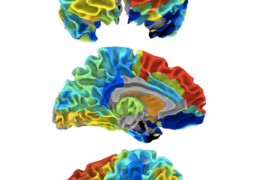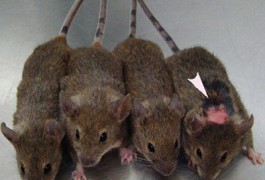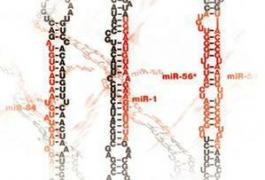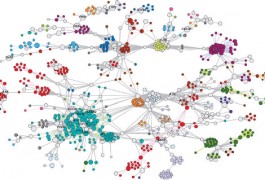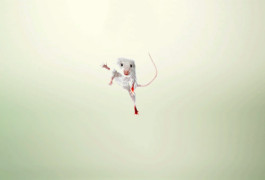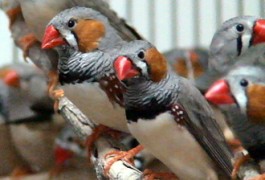Video: What is the fragile X protein’s role in a neuron?
The fragile X protein FMRP helps make proteins at the synapse, the junction between neurons, even when the genetic instructions for doing so are located far away in the nucleus, says Kimberly Huber.








